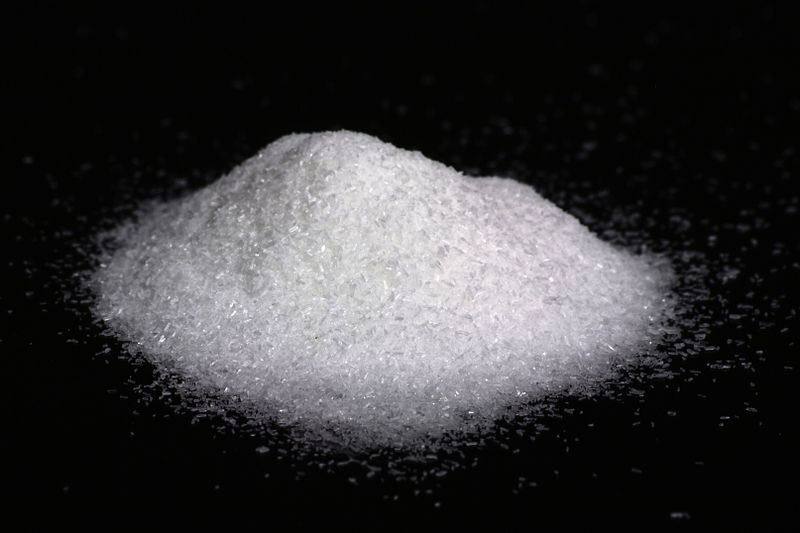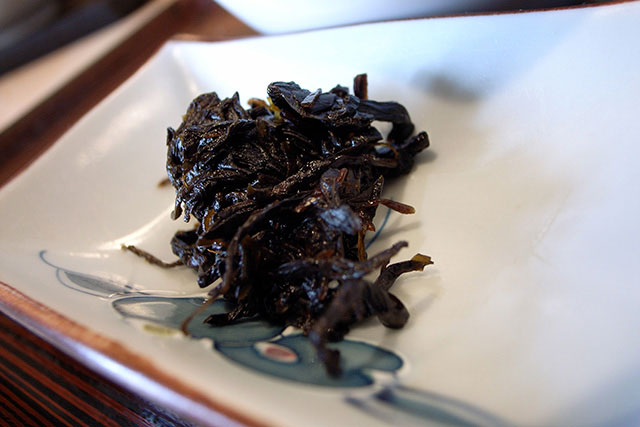
The essential ingredients of Japanese cooking—sugar, salt, vinegar, soy sauce and miso—are primary ingredients, but how do they influence taste? Does ryori no sa shi su se so actually mean flavor, or are they the building blocks of the unique flavors of Japanese food?
In our post this month, we explore umami, what it’s made of and its essential role in gastronomy around the world.
Umami was first discovered in a measurable way by Dr. Kikunae Ikeda of Tokyo Imperial University, now the University of Tokyo, in 1908. Dr. Ikeda, a chemist, theorized that there must be a reason why kombu dashi stock, used in many Japanese dishes, imparted such a rich, savory taste to food. In his quest to understand why, Dr. Ikeda discovered that kombu, the type of seaweed used in preparing dashi stock, was high in glutamates, a type of amino acid that creates a savory taste with a full mouthfeel. Dr. Ikeda’s discovery was followed by those of Shintaro Kodama, who discovered a ribonucleotide called inosine monophosphate, and of Akira Kuninaka, who discovered the ribonucleotide called guanosine monophosphate. These three substances, when absorbed by the taste buds on the tongue, creates a biochemical signal that tells the brain that the food is savory and full of protein, an important human evolutionary adaptation that aided in determining whether a food was safe and desirable to eat.

Since the discovery of salt approximately in 5,000 BCE, the tastes of foods have been categorized into seven categories: sweet, sour, salty, bitter, spicy, astringent and umami. Different cultures have used a subset of these seven tastes as part of their gustatory culture. For example, European culture generally used the first four tastes. Indian culture uses six of the seven. And, before umami was discovered, Japanese culture only recognized four of the seven tastes. Dr. Ikeda coined the term umami, from the Japanese root words “umai” meaning delicious and “mi” meaning taste, and since its modern discovery, umami has become known as the fifth taste in Japanese cooking tradition. While some cultures might only use a subset of the seven tastes in their traditions, they actually use umami as part of their flavor profiles, because glutamates, inosine and guanosine are compounds found in a broad variety of food, everything from seaweed, fish, shellfish, beef, pork, eggs and chicken to mushrooms, tomatoes, cabbage, soybeans, yeast, milk and cheese. Food cultures across the world use these ingredients, and when combined with the other tastes, create savory flavors that are more intense than alone.

Combining umami ingredients is done in many well-known, familiar recipes… tomato sauce topped with parmesan cheese, sautéed mushrooms, broth and vegetables. Savory flavor becomes more intense when a glutamate component (such as fish or seaweed) is combined with an inosine or guanosine component (such as mushrooms) or simply with table salt. Ancient Romans created garum, a fish paste, that was used as an umami component to many early Italian dishes. In more modern times, American cooks created ketchup, also full of umami and made with tomatoes, garlic, onions and vinegar, and Australians have created Vegemite, a fermented yeast paste full of umami.
The intensity of all flavors in food is increased when an umami ingredient is introduced. And umami is one of the most important elements of Japanese food, especially in dashi. We’ll explore this in more detail next month. Stay tuned, and as always, we’d love to hear your experiences with umami!
Main photo by Sage Ross
Leave a Reply